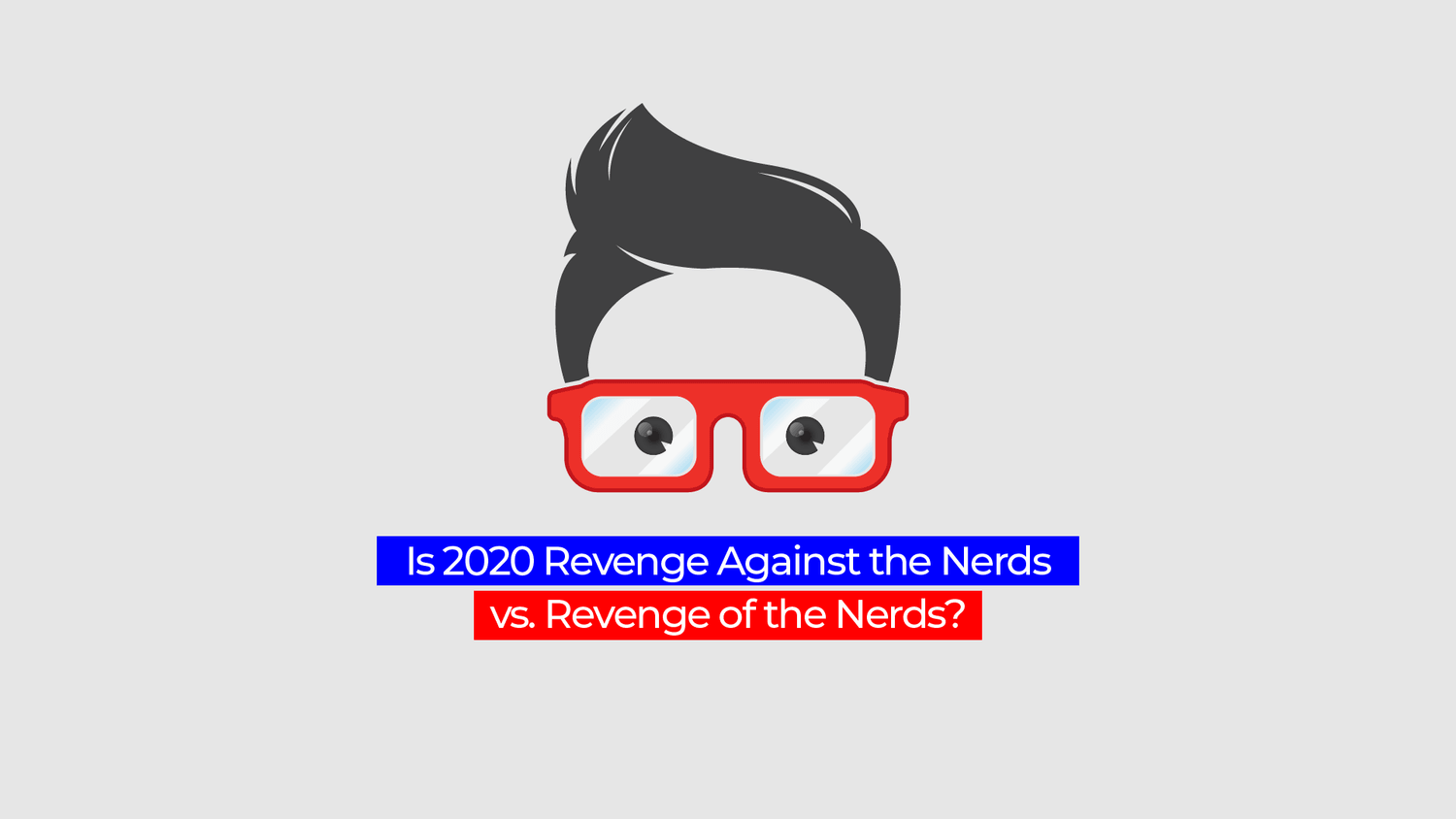
Voting patterns in 2020 draw a very clear and distinct line between the Democrat and Republican voter based on how they voted in 2020. The rural and micropolitan counties with 50% or more high school graduate or some college population, voted overwhelmingly for President Trump (almost 3 to 1 for Biden). This in itself should be a warning sign for the Democrat party, when it comes to gaining majority in House and Senate races. The more metropolitan counties with large college graduate populations voted for former Vice President Biden with a couple of exceptions, which will be explored in this article, based on counties with very significant polar numbers for each.
There are more high school graduates than college graduates in the country.
According to the US census, with the over 25-years-old population, 78% of the population are non-college graduates vs 22% with some kind of college degree in many states (link).
This metric in itself could explain the huge voter turnout for President Trump in 2020, as he had a larger voter base than Biden. So, if a state had 100 people who were 25 years old, President Trump would need 78 of those votes to get a majority, while Biden would only need 22, if every single high school and college grad broke for one candidate or the other. However, President Trump got 3/4 of those 78 votes for him, which is roughly (3/4 x 78) = 58. Assuming he did not get a single college vote, it is still more than 50% of the state vote. Biden would get 22 + ¼ x 78 = 42 [In math, when we break things down to the count of 100, it is called a percentage.] So, President Trump, in the majority of the states, has 58% of the population of those over 25 to get his votes, and Biden has 42% of that population. Once the numbers are confined based on "single population characteristics," the next big factor to review is the participation rate in this group, because that determines the outcome of the election. After the race, the participation rate is the biggest marker. Looking at President Trump's primary performance, he got 4 million more votes than his 14M in 2016, and he got 3 times more votes than President Obama's 6M in the 2012 primary performance. This clearly shows the participation factor favors President Trump. Joe Biden got 19M votes in his 2020 presidential primary, which was definitely better than President Obama, and 3M more votes than Mrs. Clinton's 2016 run. Though encouraging for the Democrats, this is just 1M more than President Trump's 2020 incumbent run, which is a record in itself and a clear sign of enthusiasm from his base.
TFN will do a deeper analysis on 3 counties each in AZ, GA, PA, MI, WI, MS, SD, and FL which match the below-mentioned characteristics or to challenge these assumptions. (We recommend the reader goes to EDDY tto do this analysis on any county they so choose.) So, here are the 3 key features we notice:
- When the county population is greater than 50% high school (or less than high school) grads, the probability is that this county votes for the Republican Presidential candidate (and it stays consistent for the past 20 years). Also, when compared to 2000 and 2004, there is a troubling trend of these counties' support for Democrats waning.
- When the 50+ age group is the highest (peak) population, then the probability of them voting for Republican is much higher. If the 50+ age group is a smaller population than another younger age group, then there is a dampening effect. [But that is beyond the scope of this article.]
- In the counties with the 2 major minority groups (Hispanic and Black) and a higher percentage of non-college graduates, the voting pattern shifts for the Hispanic population, but the Black population remains largely unchanged.
Below is an example of Lasco County, MI which displays this characteristic. [We will add more counties to this deck, which are like Lasco, MI.]
Below is an example of Lasco County, MI which displays this characteristic. [We will add more counties to this deck, which are like Lasco, MI.]
ooking at the county of La Salle, TX, which is 87% Hispanic, with a higher under 50 age group and an education level the same as that of Lasco, MI, we can observe: the county turned Republican for the first time in 20 years. Even the Hispanic population of La Salle, TX, has accepted President Trump's message of America First and the Democrat support is waning. This is, in fact, a surprising outcome, as we were anticipating the younger population's support for the Republicans to be much lower, to the point that La Salle would have been a blue county. However, when comparing the percent of support it had for the Republican party, it is not as high as compared to the counties with a large White population.
Looking at the county of Jefferson, MS which is made up of an 85% Black population, with a voting age distributed across the age spectrum, including the above 50 age group, and the same education make up as Lasco, MI, we can observe: this county has not heard or received the BLEXIT message in 2020, as the trend has not changed in 20 years. They have been a predominantly Democrat county, voting 85% for that party. Biden's comments had almost no impact on his votes in this county at any of the age groups among the Black population. The same trend in can be found in Holmes.
Here are our observations: there are more non-college graduates in the USA. Aside from the Black population, it appears that the majority of Whites and a good portion of the Hispanic population of non-college graduates voted for President Trump based on these 3 counties. (Deeper analysis is underway.)

